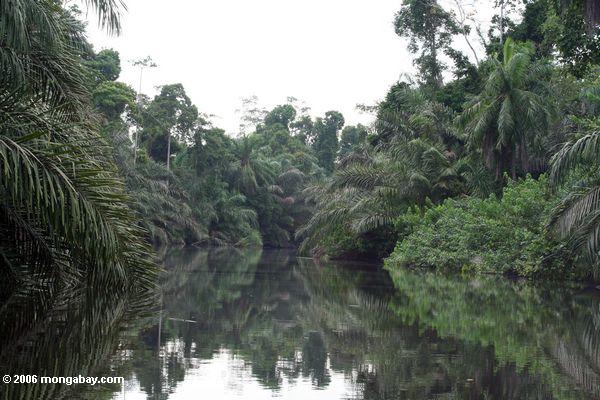By Katrina Marland
Thousands of years ago, central Africa’s Congo rainforest was much larger than it is today. Eventually, large sections of the forests were replaced by savannah and grassland. For a long time, scientists attributed this change entirely to the era’s climate growing warmer and drier, but a recent paper asserts that humans may have had a hand in the transformation as well.
The somewhat controversial study, published in the journal Science, had simply intended to examine the role that precipitation played in weathering the region (breaking down its soils and rocks). While studying the area’s minerals for the elements that indicate this type of erosion, researchers found that the geochemical record matched the precipitation levels, but only for a while. About 3,000 years ago, the pattern changed; instead of following the same trends, the soil and rocks showed a distinct spike in chemical weathering — something that the climate could not account for.
It was about this time in history that groups of humans moved further into Africa’s rainforests and began to practice agriculture. They planted crops, which meant clearing large plots of land. This, the new study asserts, would explain the spike in erosion that their research found. With so much more of it exposed to the elements, the soil would have fallen subject to much higher levels of erosion. This means that while a changing climate may have started the transition of Africa’s land from forest to savannah and grassland, humans gave it quite a push in that direction — though exactly how large that push was has yet to be determined.
Although this study addresses changes that occurred millennia ago, the implications for our present-day forests are pretty significant. Today we are seeing forests fall to agricultural development in large swaths — ecologists are already concerned about the adverse effects on the Amazon. If simple farmers could have a hand in such a large-scale change to the landscape so long ago, what will today’s development on a much larger scale mean for the future of our forests?
